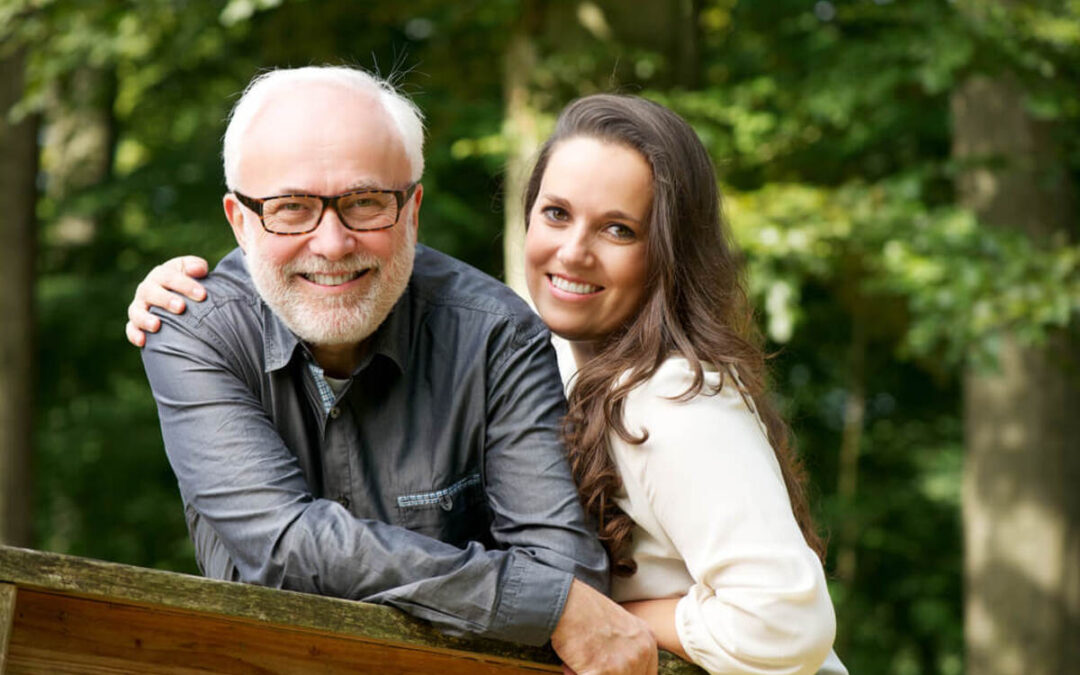According to the Australian Institute of Health and Welfare the average Australian adult is missing around 5 teeth. While dental implants are a popular choice of tooth replacement, unfortunately if teeth have been missing for a long time, bone grafting for dental implants may be necessary. A consultation at your local dental clinic will help your dentist decide what’s needed.
What causes bone loss?
When a tooth is lost the bone that once surrounded it begins to erode and the body reabsorbs the bone cells. Bone loss can be problematic for anyone wishing to replace lost teeth with dental implants, since there may not be sufficient bone to support an implant.
So, what can you do if you want dental implants and you don’t have enough bone?
Bone grafting for dental implants
Visiting a dentist that offers consultation prior to receiving dental implants is crucial to determine if a bone graft is needed. In simple terms, this means ‘grafting’ or adding bone to your existing jawbone enabling it to hold the implant securely in place. Depending on several factors, including the amount of bone that has been lost and your preference, there are potentially 4 bone graft options.
Bone grafting for teeth implants – exploring your options
Option #1 using your own bone
Known as an autograft, this dental bone graft procedure involves using living tissue from your own body. Typically bone is removed from your chin or the back part of your jaw keeping the cells intact. These cells are able to regenerate new bone and heal the area. The downside to this type of bone graft for a tooth implant is that it requires surgery and the recovery/healing period can take several months. For a type of bone graft which doesn’t involve the surgical removal of bone from your own body, there’s another option.
Option #2 Using donated bone
An allograft is an alternative bone graft for a tooth implant and uses bone from another human being which has been donated to a tissue bank. It works in the same way as an autograft but as less surgery is required recovery is often faster.
Option #3 Using animal bone

Option #4 Using synthetic bone material
Known as an alloplast bone graft this procedure is carried out using synthetic materials such as hydroxyapatite, surgical grade resins, calcium phosphate and other minerals which encourage your own bone to regenerate into the alloplast material. Ongoing research and superior synthetic bone
material mean this is a low risk popular choice for both dental implants dentists and patients.
Every patient is different and so is every mouth which is why sometimes the above procedures are not a viable option for patients seeking dental implants and lacking bone. Other types of dental procedures to help build bone in the mouth include a sinus lift, ridge expansion, distraction osteogenesis, and socket preservation. Where necessary your dental implants dentist will discuss these procedures with you fully to help you make an informed decision.
How do you know if you have enough bone for dental implants? Simple ….. come and visit our dental implants team at Dental 266. Call us today on (02) 9051 0600 to book a consultation and take a step closer to restoring your smile beautifully.






